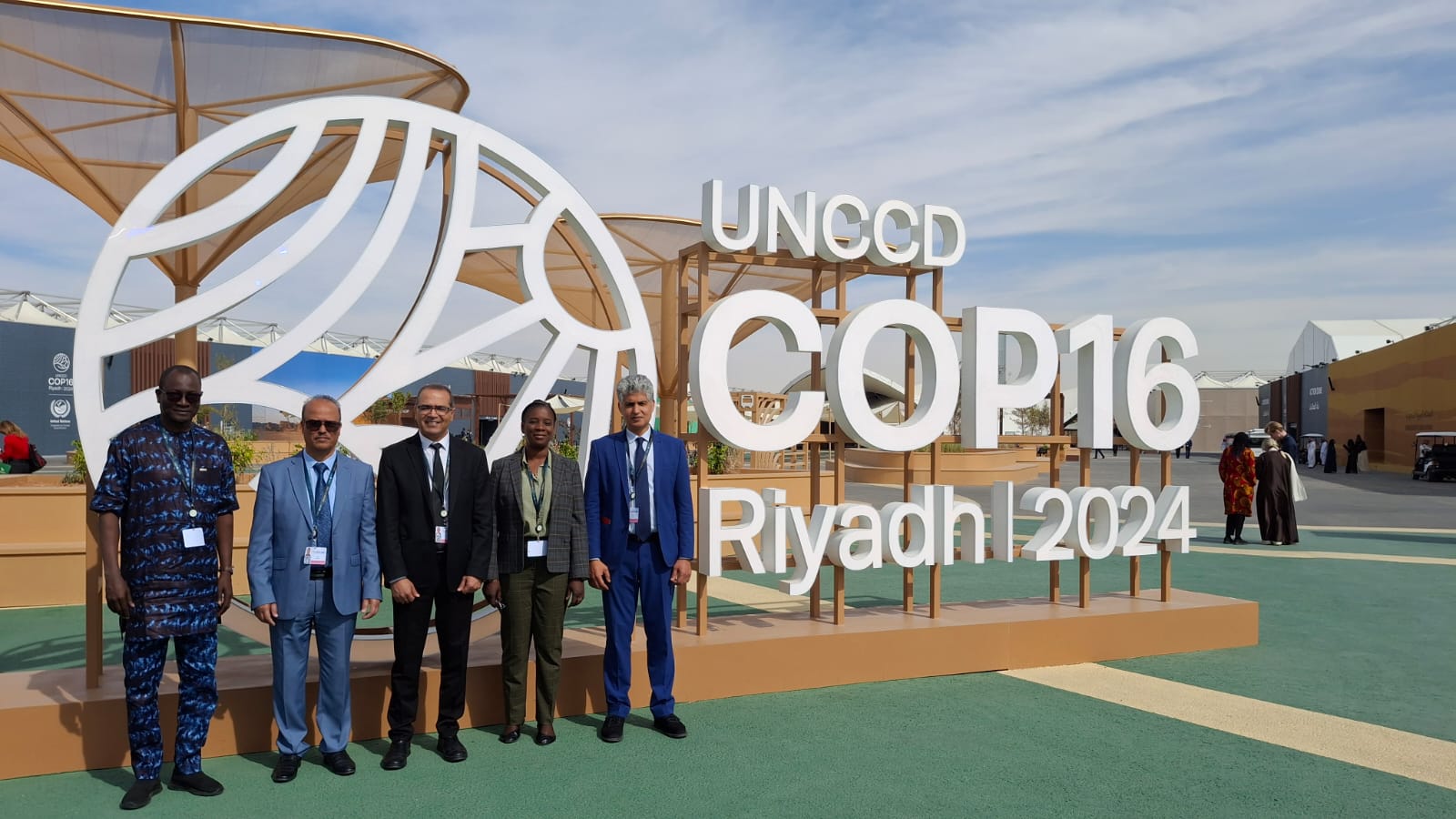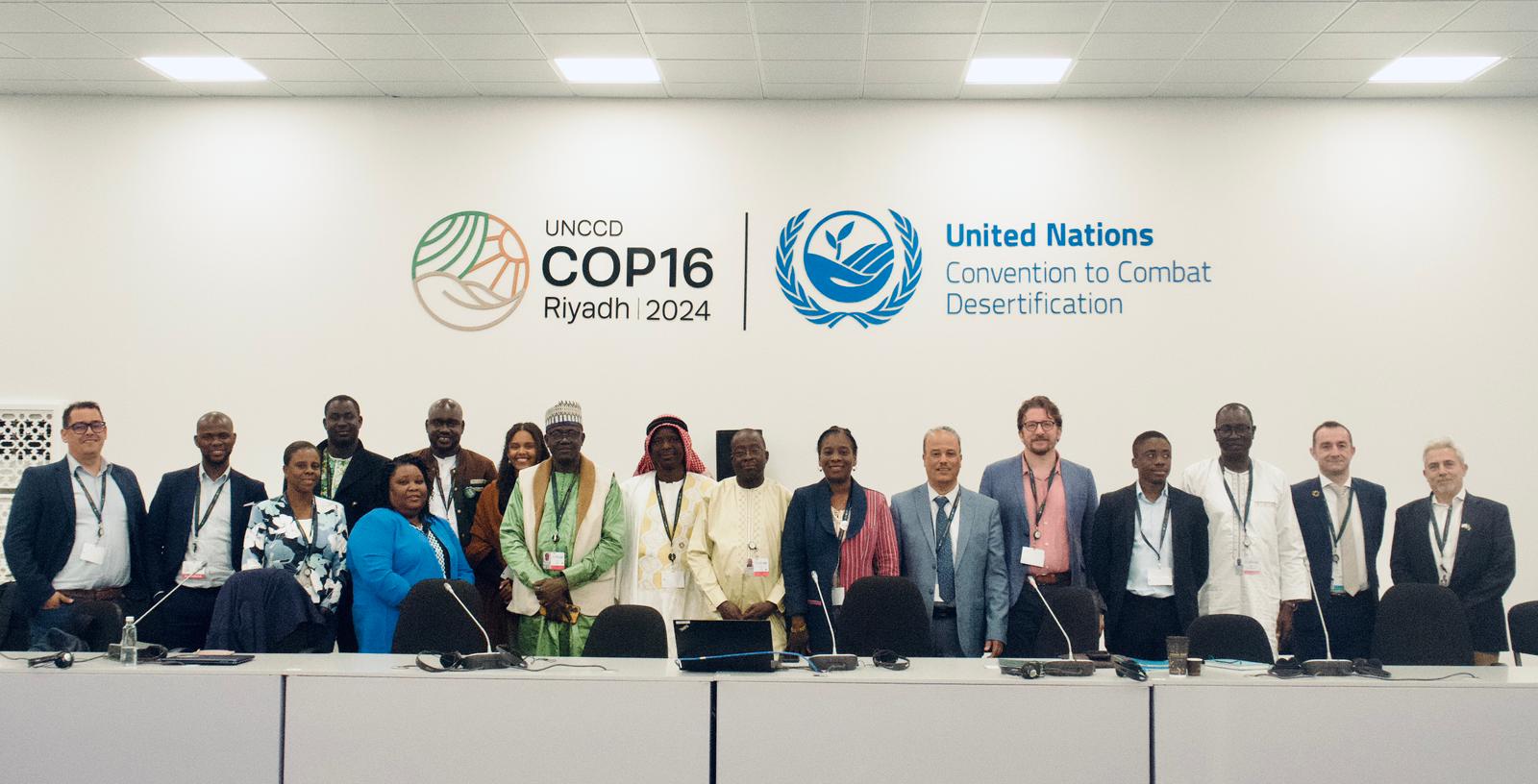27th Session of the OSS Strategic Orientation Committee, Tunis, January 28, 2025
Held on January 28, 2025 in Tunis, the 27th session of the Strategic Orientation…
CBD COP 15 - Only one plan: Acting for biodiversity on Earth
CBD COP 15 - We need to join our forces to adopt an ambitious global framework
Historical background,
The United Nations Convention on Biological Diversity (CBD) was ratified for the first time during the 1992 Rio Earth Summit, by 150 heads of government. The conservation of biodiversity, the sustainable use of its components and the fair and equitable distribution of ecosystem services are the main objectives of the CBD.
The CBD provides a legislative framework for the protection of biodiversity at an international scale. The CBD holds regular meetings between its 196 member countries with the aim of assessing the progress made, amending the content of the negotiated texts and identifying new objectives. These meetings are the Conferences of the Parties (COP).
Review of the CBD COP 15
This year, the CBD COP15 on biodiversity was held from December 7 to 19, 2022 in Montreal, Canada with the hope of setting new objectives and making the States upgrade the level of their ambitions. The goal was to come up with a common global framework for post-2020 biodiversity restoration and protection.
COP15 kicked off with a humble, brief but really important opening ceremony that was marked by moving and alarming speeches on the global challenge, condemning the destruction of nature by Man and an approaching 6th mass extinction of biodiversity on Earth. Nevertheless, speeches remained somehow optimistic, calling to share biodiversity in a fair and equitable way and above all, to take the responsibility for the damage and adopt the necessary measures to repair it, by implementing a promising post-2020 global biodiversity framework. Indeed, the UN Secretary General António Guterres pointed out that there was no planet B, in other words, there is no plan B to avoid the damage caused to our planet.
Some 18,000 people gathered in Montreal to find solutions and speakers highlighted the need to support the leadership of indigenous peoples, to put forward the expertise and knowledge of local populations, being the best guardians of nature, for the conservation of biodiversity, to help economic players reduce their impact on biodiversity and to provide faster access to financing.
Negotiators tried to agree on the text of the Global Biodiversity Framework, which will act as a strategic development plan, setting global goals and targets and detailing actions to make sure people live in harmony with nature until 2030 and even after. On the other hand, one of the reasons why Parties did not meet the targets of the previous framework (Aichi Targets), was the lack of procedures to help countries implement the targets and the lack of tools to evaluate the progress of countries. To get things right, the global framework must have robust and comprehensive monitoring-evaluation standards and processes that all parties should stick to.
So far, no major breakthroughs have been made on increasing funding for conservation in developing countries or committing to protect 30% of the world's land and seas by 2030. “It looks like that donor countries are not ready to scale up international biodiversity funding,” said Innocent Maloba, multilateral affairs specialist for the World Wide Fund for Nature.
The countries of the South confirmed that they will not go for strong ambitions without the guarantee of having the necessary financing. Brazil reiterated, on behalf of several countries, the request of at least 100 billion dollars per year from the developed countries, i.e. 1% of the world GDP, until 2030. “When COP15 agrees on an ambitious global biodiversity framework, we will carry a heavier burden than others in its implementation,” this was the statement of the southern countries.
As such, they stressed that the adoption of the framework must go hand in hand with the endorsement of a robust set of measures on resource mobilization. "The global framework should be 'a package' that includes decisions for resource mobilization." The Africa working group said it would adopt the global framework as a long-term strategy to be adjusted and updated after 2 years.
Discussions focused on technology transfer and capacity building to help all beneficiaries use the resources efficiently.
Generally speaking, the key to the success of COP15 is an agreement on a set of issues directly related to the global biodiversity framework, resource mobilization, planning, monitoring, reporting and review, with an associated monitoring-evaluation system, capacity building and technical and scientific cooperation.
On December 19, more than 195 countries adopted the “Kunming-Montreal” Global Biodiversity Framework. This framework, which breaks down into 4 objectives and 23 targets, called “Kunming-Montreal global targets”, runs until 2030 and aims to reduce the threats to biodiversity. Target 3, considered the most important of all, aims to protect 30% of the planet's land and oceans.
The highly i
Held on January 28, 2025 in Tunis, the 27th session of the Strategic Orientation…

The participation of the Sahara and Sahel…

OSS Side Event at COP16: Strengthening Resilience in the Sahel through Multi-…